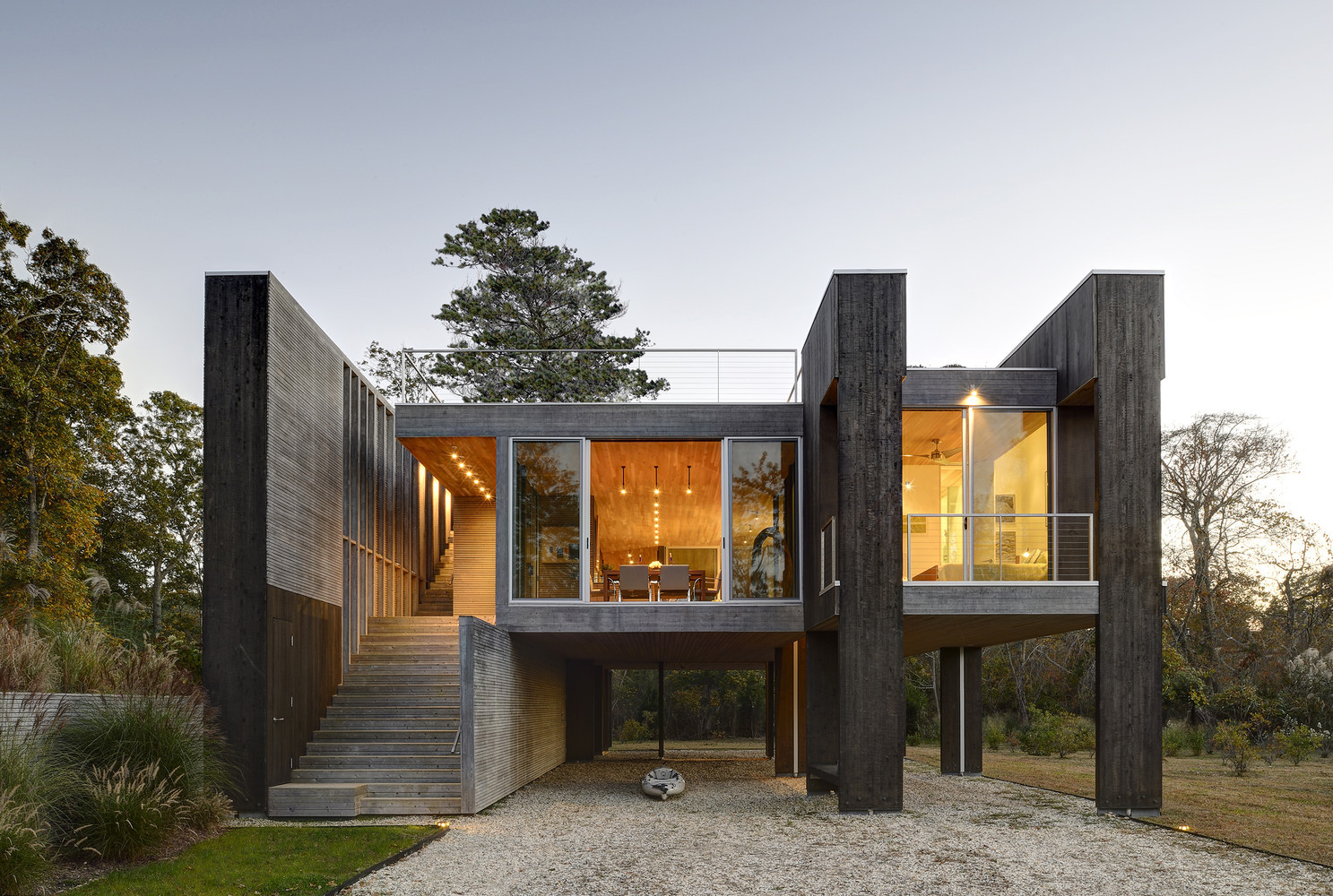The devastating floods that have plagued New South Wales in recent years have highlighted the urgent need for flood-resistant infrastructure, including residential and commercial buildings. Carpentry, as a fundamental component of construction, plays a crucial role in ensuring the resilience of structures in flood-prone areas. This article will explore effective carpentry techniques that can be employed to enhance the flood resistance of buildings in NSW.
Bespoke Carpentry Techniques for Flood Resilience
Bespoke carpentry, characterised by its custom-designed and tailored approach, offers several advantages in creating flood-resistant structures. Here are some key techniques:
- Elevated Foundations. Raising the building on elevated foundations is a fundamental strategy to prevent floodwaters from inundating the lower levels. Carpenters can design and construct sturdy foundations that provide adequate clearance while maintaining structural integrity.
- Flood-Resistant Materials. The choice of materials is critical for flood resilience. Carpenters can incorporate materials such as treated timber, stainless steel, and composite materials that are resistant to moisture, rot, and corrosion. These materials can be used for framing, flooring, and cabinetry.
- Watertight Seals. Proper sealing is essential to prevent water infiltration. Carpenters can use high-quality sealants and weatherstripping around doors, windows, and joints to create a barrier against floodwaters.
- Drainage Systems. Effective drainage systems can help to divert flood waters away from the building. Carpenters can design and install gutters, downspouts, and drainage channels that efficiently transport water away from the property.
- Interior Finishing. Interior finishes should be selected with flood resistance in mind. Water-resistant materials like ceramic tile, vinyl flooring, and waterproof paint can be used to minimise damage in case of flooding.
Custom Carpentry Near Sydney: Solutions for Flood-Prone Areas
Custom carpentry shops near Sydney can provide personalised solutions to address the specific needs of flood-prone areas. By working closely with homeowners and architects, carpenters can design and build structures that are not only aesthetically pleasing but also highly resilient to flooding.
Balancing Luxury and Functionality in Carpentry
While luxury joinery often emphasises aesthetics and craftsmanship, it is essential to balance these elements with functionality, especially in flood-prone areas. Carpenters can achieve this balance by incorporating flood-resistant features into their designs without compromising the overall aesthetic appeal. For example, using treated timber for cabinetry while maintaining intricate detailing can create visually stunning and durable pieces.
How Flood-Resistant Carpentry Techniques Have Saved Shops and Industries from Destruction
Floods pose a significant threat to businesses, particularly in flood-prone areas, leading to extensive damage to property and operations. However, flood-resistant carpentry techniques have proven to be a game-changer for many shops and industries, saving them from complete destruction. These techniques focus on using materials and designs that can withstand water exposure, preventing damage and making clean-up easier after a flood.
Queensland
One notable example is the case of a retail shop in Queensland, Australia, which had been flooded multiple times due to its proximity to a river. The owner, seeking a permanent solution, hired a team specialising in flood-resistant carpentry. They implemented several key strategies: elevating the building’s flooring, using marine-grade plywood, and installing moisture-resistant insulation. These changes not only protected the structural integrity of the shop but also allowed it to reopen swiftly after subsequent floods. The use of water-resistant materials ensured that the building could be easily dried out and repaired, reducing downtime and financial losses.
New South Wales
Similarly, an industrial facility in New South Wales that faced frequent flooding applied flood-resistant carpentry techniques to safeguard its equipment and storage areas. The company worked with commercial joinery services to design custom-built shelving and cabinetry made from high-density polyethylene, a material known for its resilience to water damage. Additionally, the facility’s walls were reinforced with moisture-resistant gypsum board, and sealed to prevent seepage. When a severe flood hit, the floodwaters reached several feet, but the equipment and valuable goods were largely unharmed, thanks to the elevated storage and waterproof materials.
Northern Australia
Another case is that of a chain of restaurants in the northern parts of Australia, where tropical storms frequently led to flood warnings. The company, to mitigate risk, invested in custom joinery that featured stainless steel fixtures, water-resistant cabinetry, and elevated flooring for their kitchen and dining areas. After implementing these flood-resistant carpentry techniques, the restaurants were able to resume operations quickly after floods. The stainless steel and other materials were easy to sanitise, allowing for a faster recovery time while maintaining hygiene standards crucial for food service businesses.
How Carpentry Resolved Flood Issues
In each of these cases, the use of flood-resistant carpentry saved businesses from substantial losses, allowing them to remain operational even after significant weather events. These techniques have proven especially effective in industries where downtime can lead to irreversible financial damage. By elevating floors, using moisture-resistant materials, and custom joinery designs tailored to withstand floods, shops and industries can avoid costly repairs and long-term closures.
The growing adoption of flood-resistant carpentry techniques reflects a broader trend in disaster preparedness, where proactive design choices help mitigate the destructive forces of natural disasters. Whether it’s a small retail space or a large industrial complex, investing in resilient carpentry solutions can make the difference between devastation and recovery.
Final Thoughts: The Importance of Flood-Resistant Techniques and Materials
Flood-resistant carpentry techniques are crucial for protecting buildings in NSW’s flood-prone areas. By employing bespoke carpentry techniques, incorporating flood-resistant materials, and designing structures with effective drainage systems, carpenters can contribute significantly to the resilience of communities. Custom carpentry shops near Sydney can provide specific solutions to meet the specific needs of homeowners and businesses in these vulnerable regions. By balancing luxury and functionality, carpenters can create beautiful and durable structures that can withstand the challenges posed by flooding.


